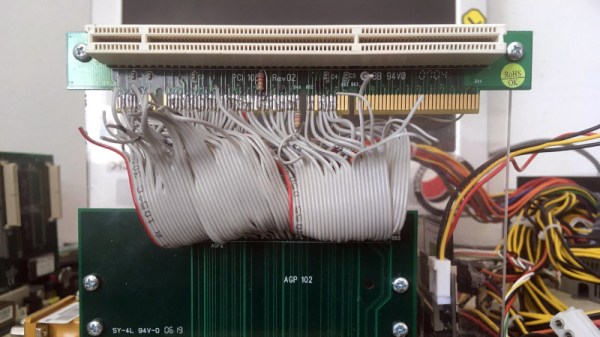These days, video cards are virtually supercomputers. When they aren’t driving your screen, they are decoding video, crunching physics models, or processing large-language model algorithms. But it wasn’t always like that. The old video cards were downright simple. Once PCs gained more sophisticated buses, video cards got a little better. But hardware acceleration on an old-fashioned VGA card would be unworthy of the cheapest burner phone at the big box store. Not to mention, the card is probably twice the size of the phone. [Bits and Bolts] has a look at several old cards, including a PCI version of the Tseng ET4000, state-of-the-art of the late 1990s.
You might think that’s a misprint. Most of the older Tseng boards were ISA, but apparently, there were some with the PCI bus or the older VESA local bus. Acceleration here typically meant dedicated hardware for handling BitBlt and, perhaps, a hardware cursor.












